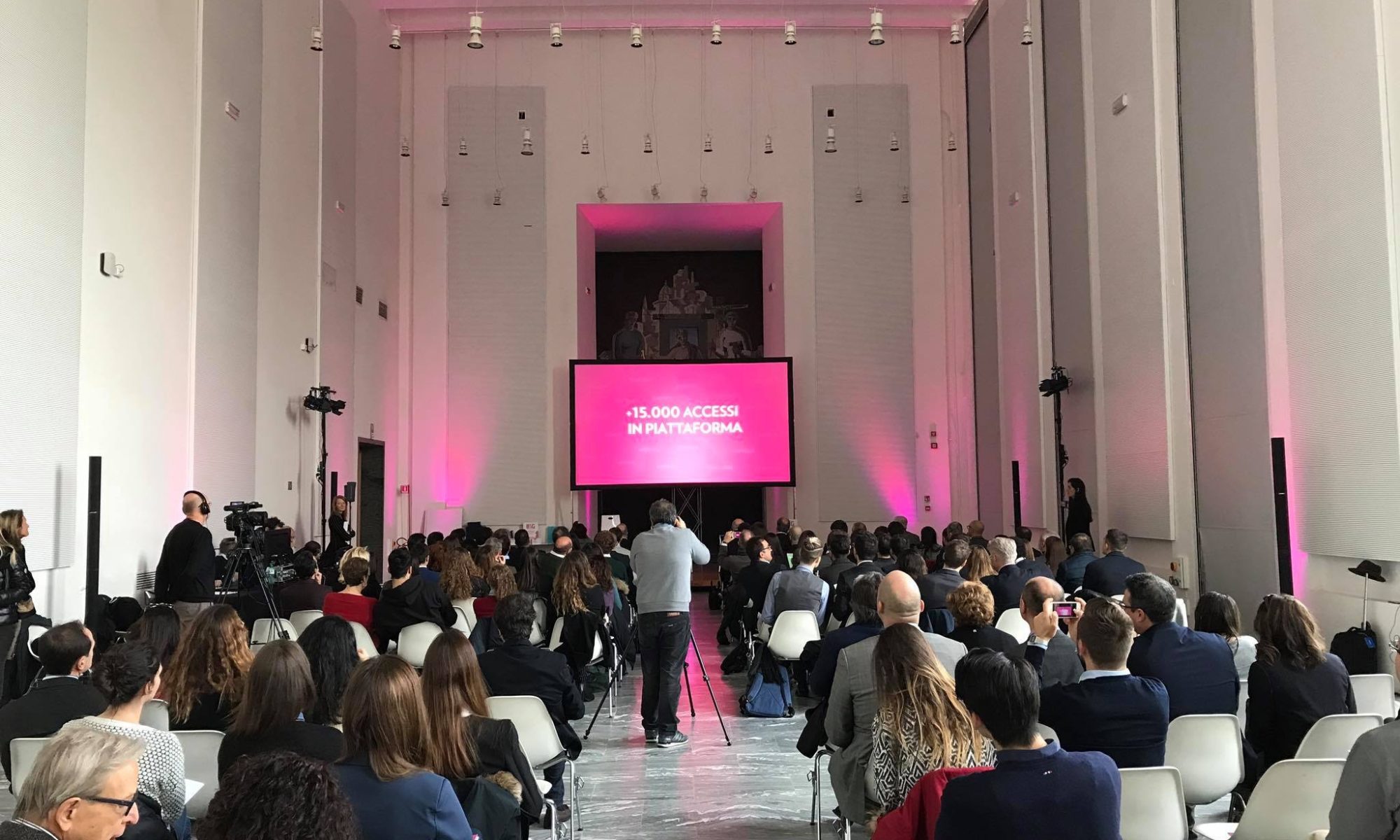In the past, it was easier. Companies who felt the need to acquire a new manager with certain skills asked their HR manager to fill out a job description, a precise profile of the position, and after a meeting with the trusted Head Hunter they would have a shortlist of candidates to choose from.
The market was basically transparent, managers were generally referenced and it was not difficult to get all the information needed to complete a fairly accurate picture.
Organizations were ready for inclusion because old or new managers responded to fairly compatible logic. A general manager, a sales manager, or a human resources manager had to occupy a position with well-defined boundaries both in terms of skills and competences.
They even sought candidates who would recognize themselves in the values of that specific company. Even for the manager it was fairly clear. Skills and skills required by the offered position, professional path, and projects. The investment was on the long run and therefore the selection phase was very important and no mistakes had to be made.
At some point, everything has changed: more and more plain organigrams, internal employees replaced by interns with no prospect, temporary managers, downsizing of intermediate managerial levels, no chances for professional growth or career inside the company, broken promises and professional deskilling. Few (competent?) decided and many followed the instruction, regardless of the professional level.
The long season of the crisis has dictated its rules. On the market, at that point, it could be found everything and more, both in terms of quantity and quantity of resources available, and often in terms of offer by the professionals. But it is precisely the crisis that led to the need to change, to look up, to think of a different future.
In other words, to call into question both managers and companies. The goals have become increasingly difficult to define and complex to achieve, the market has become increasingly competitive and the competition more aggressive.
The new requirements are dictated by an increasingly “unfaithful” client, who do not care about slow interlocutors, and by a huge amount of data available increasingly difficult to analyze.
And so, the “traditional” answers are increasingly questioned: many companies struggle to be responsive, new organizational models are emerging in order to allow greater effectiveness and adaptability to the context, by creating value, satisfying the customer and creating true value in the company, they become the new focus also for the Human Resources Departments.
It is increasingly required to know how to move through uncertainty and ambiguity and to know how to lead, integrate, engage teams towards ambitious and increasingly challenging goals. From 2000 onwards, it has radically changed how to generate value for many businesses and for people.
The crisis of Taylorism and traditional hierarchies made of traditional organizational charts, procedures, roles, functions and careers set a new starting point: discontinuity. And this discontinuity brings with it two “new” characteristics for managers that need to be revisited: entrepreneurship and leadership.
Entrepreneurship understood as risk sharing, absence of pre-defined guarantees and professional and personal qualities similar to those required to an entrepreneur. Leadership as a capability to engage, guide and motivate coworkers even on unfamiliar situations. In addition, the manager must also build his own “personal brand” by adapting it to new business cultures.
It changes the way in which the enterprise decides and organizes with a view to producing value. Managers need to be useful to the company they work for, to themselves (career, but also the intrinsic meaning of work) and even to the socio-economic context that recognizes the function. It increases the responsibility for the manager and the companies towards all stakeholders and thus towards the overall social system.
This is also required to develop a vision of the world, the context and the society in which the company operates and interacts. From now on, new skills emerge, skills that managers will no longer be able to do without.
First and foremost, there is a need to have, more and more, the ability to build in a short time and in the context of Smart Organizations capable of responding to requests and contingencies of external change, which means for a manager, skills of ” Execution agility “(understood as the ability to accomplish its strategies faster than competition) and” Responsivity “(understood as ability to respond, even changing in style, to changes in context or market).
Secondly, there is the need for an open and dialectical mind able to interpret the complexity of the context and make it feasible, but also have the empathic ability to persuade others (within and outside the company) to be followed in the path identified. There is the need to develop a smart cooperation.
Third, it is required the ability to integrate cultural, contextual, gender and age differences to broaden the vision to elaborated which means interculturality and diversity.
They become equally important, the speed of learning, and the curiosity. So, the management of disruptive innovations (innovations that radically redefine the role of the enterprise’s ecosystem, the concept of value for the customer and the business models of the companies themselves) that developed exponentially on the market by taking oxygen to other solutions and feeding new and connected areas of growth.
Finally, there are two not less important skills: competitive intelligence, that is the ability to monitor competitors and instinct to close, which means to decide, choose and take responsibility for choices. Even when they prove to be wrong.
This is for sure a very interesting work for who trains managers and for the most innovative Human Resources Departments. But there are also many opportunities to reflect for managers and businesses. It is not possible to compete in global supply chains and new markets, as well as it is not possible take advantage of opportunities and business unless managers release energy, passion, creativity, and will accept new challenges.
But all this is possible by investing on resources, on young people, on relationships with universities, and on who can support businesses to create this discontinuity with the past. Otherwise, it is important to note the old rule so dear to Anglo-Saxon school managers, that when the speed of the external context is clearly higher than the speed of the internal organizational context, the end is inevitably begun. This is true for both managers and enterprises.








